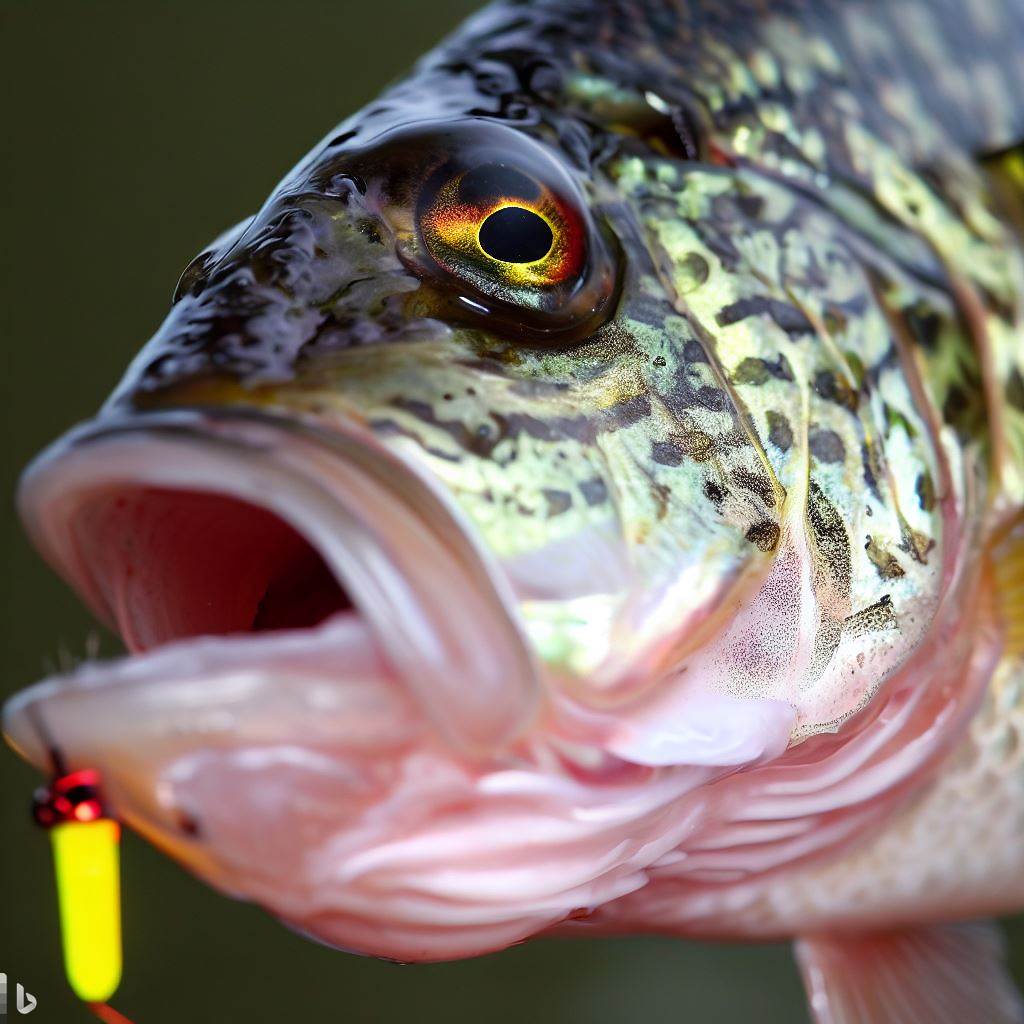Crappie fishing with jig bait

Crappie fishing jigs are artificial lures specifically designed to mimic the appearance and movement of the baitfish that crappie feed on. These jigs typically consist of a weighted head, a hook, and a soft plastic body or feather skirt. The combination of these elements creates an enticing presentation that entices crappie to strike.
Importance of Choosing the Right Jig
Selecting the right crappie fishing jig is crucial for a successful fishing trip. The right jig can entice crappie to strike, while the wrong one might go unnoticed. Factors such as size, color, and action play a significant role in the effectiveness of a crappie jig. Understanding these factors and choosing the appropriate jig can significantly enhance your chances of landing a prized crappie.
Selecting the Right Crappie Fishing Jig
Factors to Consider
When choosing a crappie fishing jig, several factors should be taken into account. These include water conditions, season, and the behavior of the crappie. Clearer waters may require more natural colors, while murky waters might call for brighter or fluorescent hues. Additionally, the size and weight of the jig should match the prevalent baitfish size and the depth at which crappie are feeding.
Popular Crappie Fishing Jig Types
There is a wide variety of crappie fishing jigs available on the market. Some popular types include curly tail jigs, tube jigs, marabou jigs, and paddle tail jigs. Each of these jigs offers a unique presentation and can be effective in different situations. Experimenting with various jig types can help you identify which ones work best for your local fishing spots.
Techniques for Using Crappie Fishing Jigs
Casting and Retrieving
One common technique for using crappie fishing jigs is casting and retrieving. Cast your jig near structures such as submerged trees, brush piles, or docks where crappie are likely to hide. Use a slow and steady retrieve, allowing the jig to imitate the movement of a wounded baitfish. Vary your retrieve speed and experiment with different jig actions to determine what triggers the most bites.
Vertical Jigging
Vertical jigging is another effective technique for crappie fishing with jigs. Position your boat over a productive fishing spot, such as a drop-off or a school of suspended crappie. Lower your jig to the desired depth and jig it up and down with short, sharp motions. The vertical movement of the jig can be irresistible to crappie, enticing them to strike.
Tips for Optimizing Your Crappie Fishing Jigs
Color Selection
The color of your crappie fishing jig can make a significant difference in your catch rate. As a general rule, choose lighter colors in clear water and darker colors in murky water. Popular color choices include chartreuse, white, pink, and black. However, don't be afraid to experiment and adjust your color selection based on the conditions and the crappie's preferences.
Adjusting Jig Weight
The weight of your jig also plays a crucial role in its effectiveness. Lighter jigs are ideal for shallow waters and slow presentations, while heavier jigs are better suited for deeper waters and faster retrieves. Adjust the weight of your jig according to the water depth and the desired presentation to ensure it reaches the strike zone and maintains the desired action.
Adding Trailers or Soft Baits
To further enhance the attractiveness of your crappie fishing jig, consider adding trailers or soft baits. Trailers can add extra action and vibration to the jig, making it more enticing to crappie. Soft baits, such as minnow imitations or curly tail grubs, can also be attached to the hook to provide additional scent and lifelike movement.
Common Mistakes to Avoid with Crappie Fishing Jigs
-
Using the Wrong Jig Size: Using jigs that are either too big or too small can lead to fewer bites. Match the size of your jig to the prevalent baitfish size to increase your chances of success.
-
Using the Wrong Color: Choosing the wrong color for the water conditions can make your jig less effective. Pay attention to water clarity and adjust your color selection accordingly.
-
Not Paying Attention to Jig Action: Each jig type has a specific action. Be mindful of the action your jig produces and experiment with different techniques to find the most productive one.
-
Using a Monotonous Retrieve: Crappie can be finicky and may prefer a specific retrieve speed or action. Vary your retrieve to determine what triggers the most strikes.
-
Neglecting to Downsize: When crappie are finicky and less active, downsizing your jig can increase your chances of enticing a bite.


